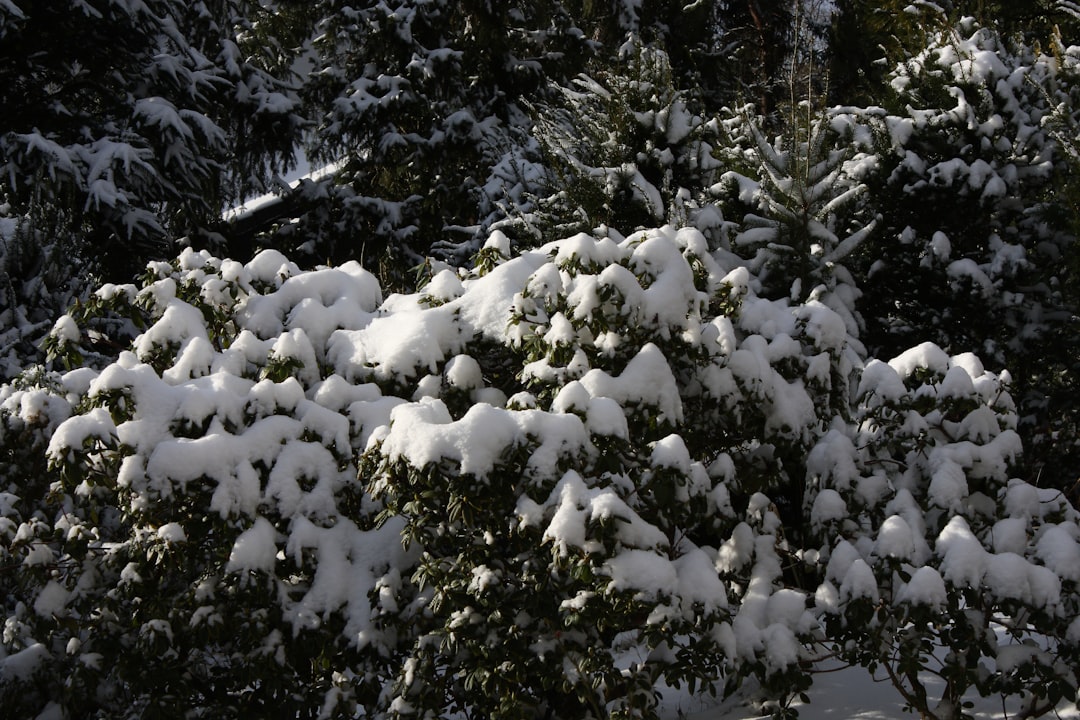The Hidden Dangers of Bradford Pear Trees in Your Garden

When it comes to gardening, choosing the right trees can make a significant difference in the overall aesthetic and health of your outdoor space. However, there is one tree that often finds its way into many gardens but comes with a host of undesirable qualities: the Bradford pear tree. In this article, we will explore why you might want to avoid planting Bradford pear trees and consider alternative options for your garden.
One of the most significant issues with Bradford pear trees is their invasiveness. These trees have a tendency to spread rapidly, often outcompeting native plants for resources such as sunlight, water, and nutrients. This can lead to a decrease in biodiversity in your garden and the surrounding ecosystem. As they spread, they can also form dense thickets, which can be difficult to manage and may even pose a threat to other plants and wildlife.
Another problem with Bradford pear trees is their weak branches. The branches of these trees are prone to breaking, especially during storms or high winds. This can not only cause damage to your property but also pose a safety hazard to you, your family, and your neighbors. Broken branches can fall on power lines, cars, or even people, causing injury or property damage. In addition, the weak branches can make the tree look unsightly and may require frequent pruning to maintain its shape.
Perhaps one of the most unpleasant qualities of Bradford pear trees is their strong, unpleasant smell. When in bloom, these trees emit a foul odor that has been described as similar to rotting fish or vomit. This smell can be overwhelming, especially in areas where there are multiple Bradford pear trees planted close together. It can make spending time in your garden or outdoor space unpleasant and may even deter visitors from coming to your home.
Despite these drawbacks, Bradford pear trees are still commonly planted in many areas due to their attractive appearance. They have beautiful white flowers in the spring and colorful foliage in the fall, which can add a touch of beauty to any garden. However, the negative aspects of these trees far outweigh their aesthetic appeal. There are many other tree species that can provide similar beauty without the associated problems.
So, what are some alternative tree species that you can consider planting in your garden instead of Bradford pear trees? One option is the dogwood tree. Dogwood trees are known for their beautiful flowers, which come in a variety of colors, including white, pink, and red. They also have attractive foliage and a relatively small size, making them suitable for smaller gardens. Another option is the redbud tree. Redbud trees have stunning pink or purple flowers in the spring and heart-shaped leaves that turn yellow in the fall. They are also relatively easy to care for and can tolerate a wide range of soil conditions.
If you are looking for a tree that provides shade, the oak tree is a great choice. Oak trees are large, long-lived trees that can provide ample shade for your home and garden. They also have strong branches and are resistant to many pests and diseases. Another shade tree option is the maple tree. Maple trees are known for their beautiful fall foliage, which can range from bright red to orange and yellow. They are also relatively fast-growing and can adapt to a variety of soil types.
In conclusion, while Bradford pear trees may seem like an attractive option for your garden, they come with a number of undesirable qualities that you should consider before planting them. Their invasiveness, weak branches, and unpleasant smell make them a less-than-ideal choice for many gardeners. Instead, consider planting alternative tree species that can provide similar beauty without the associated problems. By choosing the right trees for your garden, you can create a beautiful and healthy outdoor space that you can enjoy for years to come.